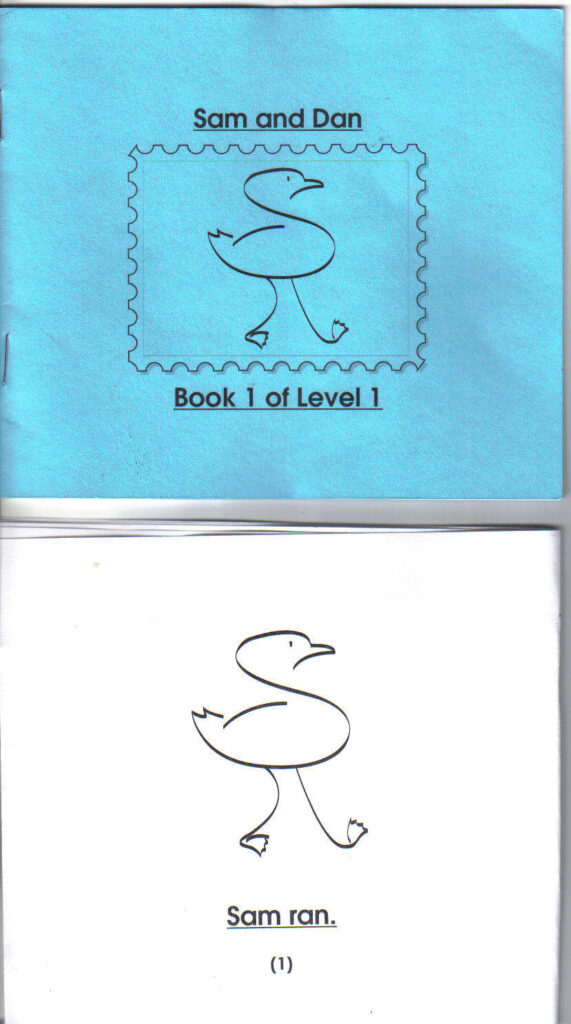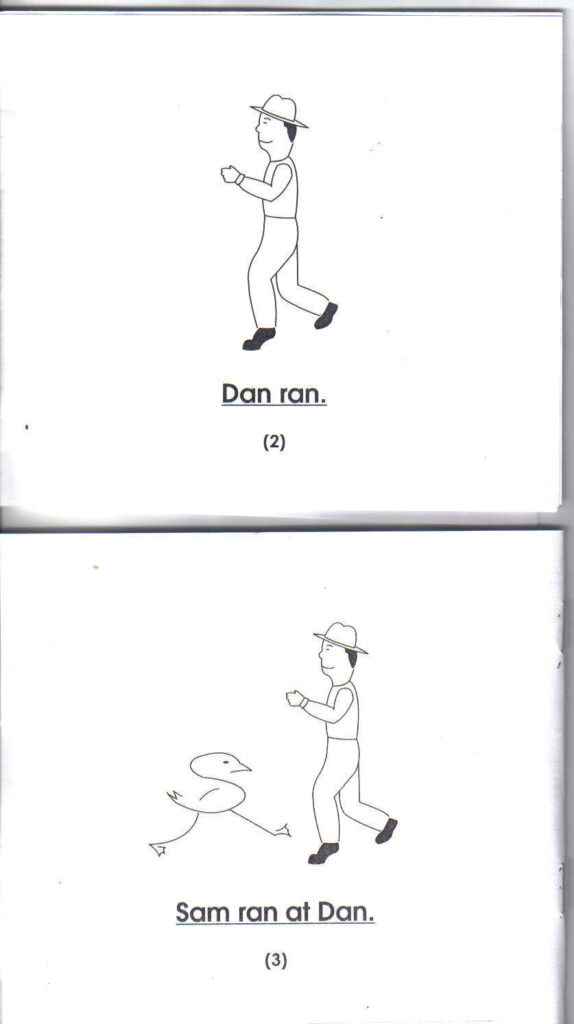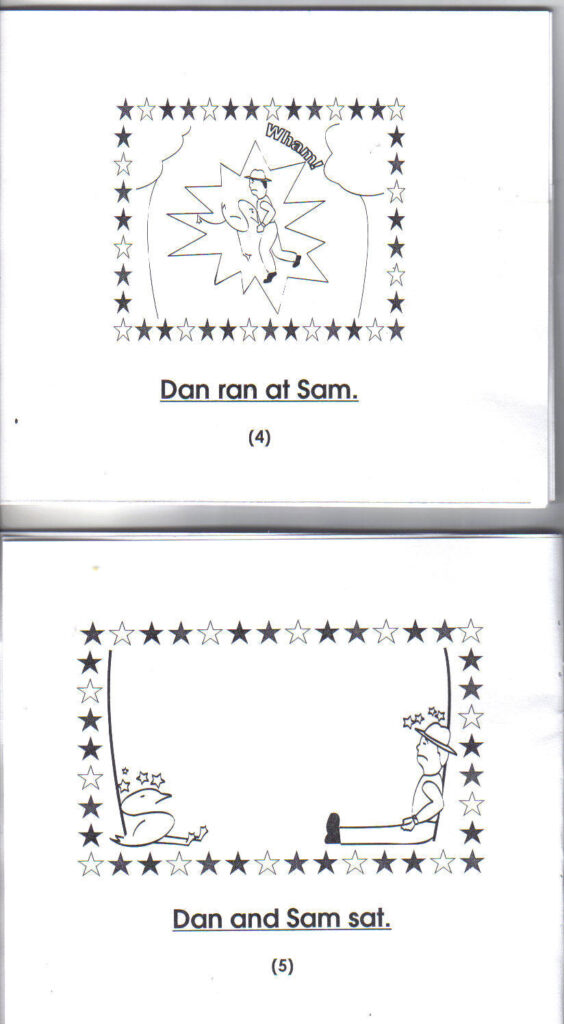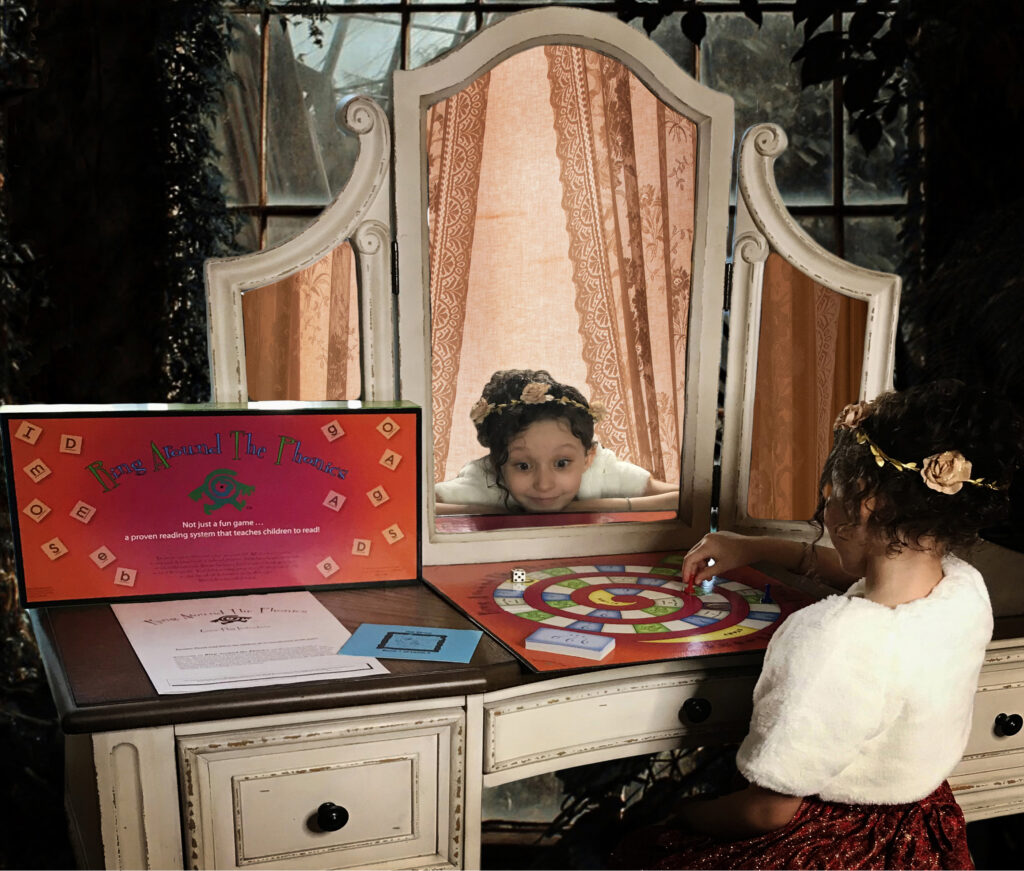This article will show you how to teach children sequencing the fun and easy way.
Studies show young children learn best while at play (Whole Brain Teaching). Following are some great examples about teaching sequencing using whole brain teaching.
First explain (to the child): “sequencing means to put a story in the order that things happened. For example: Suppose I tell you to put the milk in the refrigerator. Would you walk to the refrigerator before picking up the milk?” Ask them, “why not?” “So sequencing means to tell a story in the exact order that it all happened.”
I. How To Teach Children Sequencing Activity One (can be done with preschool children as well)
A. Take the child for a walk. Point out important markers as you go (example: a large tree, a stop sign, a green house, ext.). Have the child help you find the way back by pointing out the markers in reverse order.
B. The next activity begins once you return to your starting point. Discuss (with the child) how important it is to notice markers in the proper order (sequencing) to protect us from getting lost.
C. Have them draw and color pictures of the land marks, and put them in sequential order.
D. One will likely have to repeat this a few times before the child actually develops the brain patterns to complete this task efficiently. However “hands on learners” (45% of the population) often surprise us by how quickly and accurately they master this activity.
II. Possible Extra Activity to teach children sequencing (note: For home school families this activity can be done in a co-op setting.)
A. This lesson is done after completing an activity such as a field trip or baking a cake. Instruct each child to draw and color pictures of different parts of that event. It is important to tell each child what you want them to make their drawing about. Make sure you do not assign more than one child to draw that portion of the event.
Then have each of them come to the front of the room holding their pictures up, and telling what it is about. (You may have to remind younger ones). Make sure the order is not in the proper sequence at this time. The reason becomes clear in the next step.
B. Now have the children put the pictures in sequential order. Discussion is important as the activity moves along. The children might get it wrong. That is not a problem. Use mistakes to teach by recapping the story in the wrong order. Ask them: “what is wrong with with this order/sequencing?” Have them discuss how they would they fix it (Example: “If we put the cake in the oven before adding the eggs, what would happen?”) Give lavish praises when they get it right. Also, immediate corrections are much better than waiting for a later time.
III. How to teach Sequencing: Activity Two (This one is especially good because it also teaches general reading comprehension)
A. Have the child (or children as the case may be) read an early reader book out loud to you. It is to be in book format with page numbers. They are to read one page at a time reenacting each page using pipits or play acting. Make any corrections in the play acting as you move through the book.
B. Note: It is important to have or create a book. Also make extra copies of each page in advance. Be sure to white out all page numbers on the extra page copies.
C. Next tell the child to put the page copies in their proper sequential order. Hide the book for this part. Wrong answers are not a problem. Use them to teach by recapping the story in the order the child presents it. Ask them what is wrong with this story? have them rearrange the pages in proper order? Note: It is good, but not necessary, that they have everything in the same order as the book does…only that it is in a logical order.
D. Remind the child how important it was to remember the exact order the land marks happened so we could find their way back (activity I above). Be sure to praise all successes. Teaching with the child in mind is far more effective than a “one size fits all workbook approach.”
You are given my permission to copy the following early reader book (one of 14 Early Reader Books Included in our language arts teaching tool). Use it to teach the last activity.
Note :The Activity cards in Ring Around The Phonics. also teach sequencing, comprehension, and listening skills.




